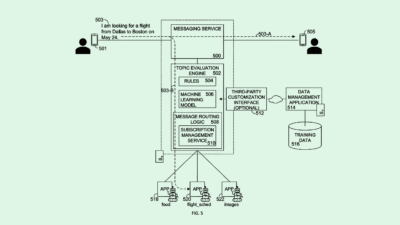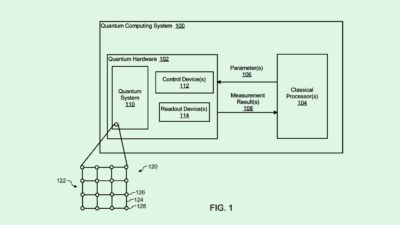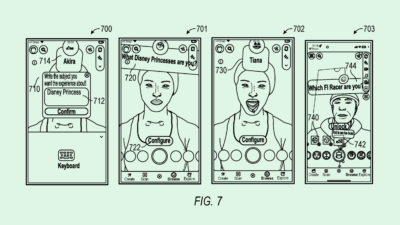
Sign up to uncover the latest in emerging technology.
Meta may want to add your voice to the stockpile of data it has on you.
The company is seeking to patent a system for “user identification with voiceprints” for social media networks. As the title implies, a voiceprint is essentially an amalgam of a user’s voice that Meta would use to identify or authenticate a user, comparing a user’s audio input to the collected voiceprint.
In particular, a voiceprint could be a part of a two-factor authentication system, with a user’s voice being one of the steps alongside a password or other biometric scan. Meta says this is more secure than using solely a biometric, such as a thumb or retina scan.
But authentication isn’t the only way that Meta would use your voice. Meta said in the filing that these voiceprints could allow the company to provide “customized content to the identified users.” For example, if Meta’s system detects “one or more people speaking, and the people speaking may be identified as users,” then the system will populate with content to “match the interests of the identified users, and may include advertisements, news feeds, push notifications, place tips, coupons, or suggestions.”
So, if Meta’s system hears you speaking, it may pull up specific types of ads on your Facebook feed, or content you typically gravitate towards on your Instagram.
Users would be allowed to opt in or out within privacy settings, Meta noted. Users can also specify that voiceprints can only be used for specific purposes, such as sending voice messages or using other voice-operated features, and can’t be shared with a “third-party system.”

Meta isn’t the first company we’ve discussed on Patent Drop that wants to get to know your voice: PayPal is seeking to patent AI-based methods of voice authentication for customer service call scenarios.
Voice biometrics aren’t new, gaining popularity in recent years alongside the movement for password-free security, said Aubrey Turner, executive advisor at Ping Identity. Adding voiceprints as part of a security strategy makes the process of multi-factor authentication more convenient, Turner said, as this method allows companies to “meet the customer where they’re at.”
Like any other method of cybersecurity, however, a 10-foot wall generally leads to a 12-foot ladder from attackers. In this case, that 12-foot ladder is AI voice dupes, said Turner. “The ability to spoof and impersonate with (AI) has sort of balanced out some of the interest in voice authentication,” he said.
But voice authentication can be part of a cybersecurity strategy if that strategy doesn’t stop after logging in, said Turner. No form of cybersecurity is fool-proof, but when multi-factor authentication is paired with monitoring for “risk signals,” such as looking at device type and location of log-in attempts, or what a user is looking to do in an account, companies can prevent a good deal of cyberattacks.
“Particularly post authentication, the context of a transaction and any number of other signals that we can leverage as part of that … is how you balance that ‘10-foot wall, 12-foot ladder’ scenario,” said Turner.
Though voice biometrics can be done responsibly, secure data management protocols are vital when implementing any kind of biometric authentication, said Turner. Meta, however, doesn’t have the best track record: The company faced a record $1.3 billion fine in the EU, and paid $725 million to settle a class action lawsuit over Cambridge Analytica (though it did not admit wrongdoing in the situation). Privacy experts have also raised concerns with the data handling policy of Threads, the company’s recently-released Twitter competitor which hit 100 million users in a matter of days.
“They’ve had their hand slapped more than once,” said Turner. “Privacy is not something to overlook when it comes to voice authentication.”
Have any comments, tips or suggestions? Drop us a line! Email at admin@patentdrop.xyz or shoot us a DM on Twitter @patentdrop. If you want to get Patent Drop in your inbox, click here to subscribe.











